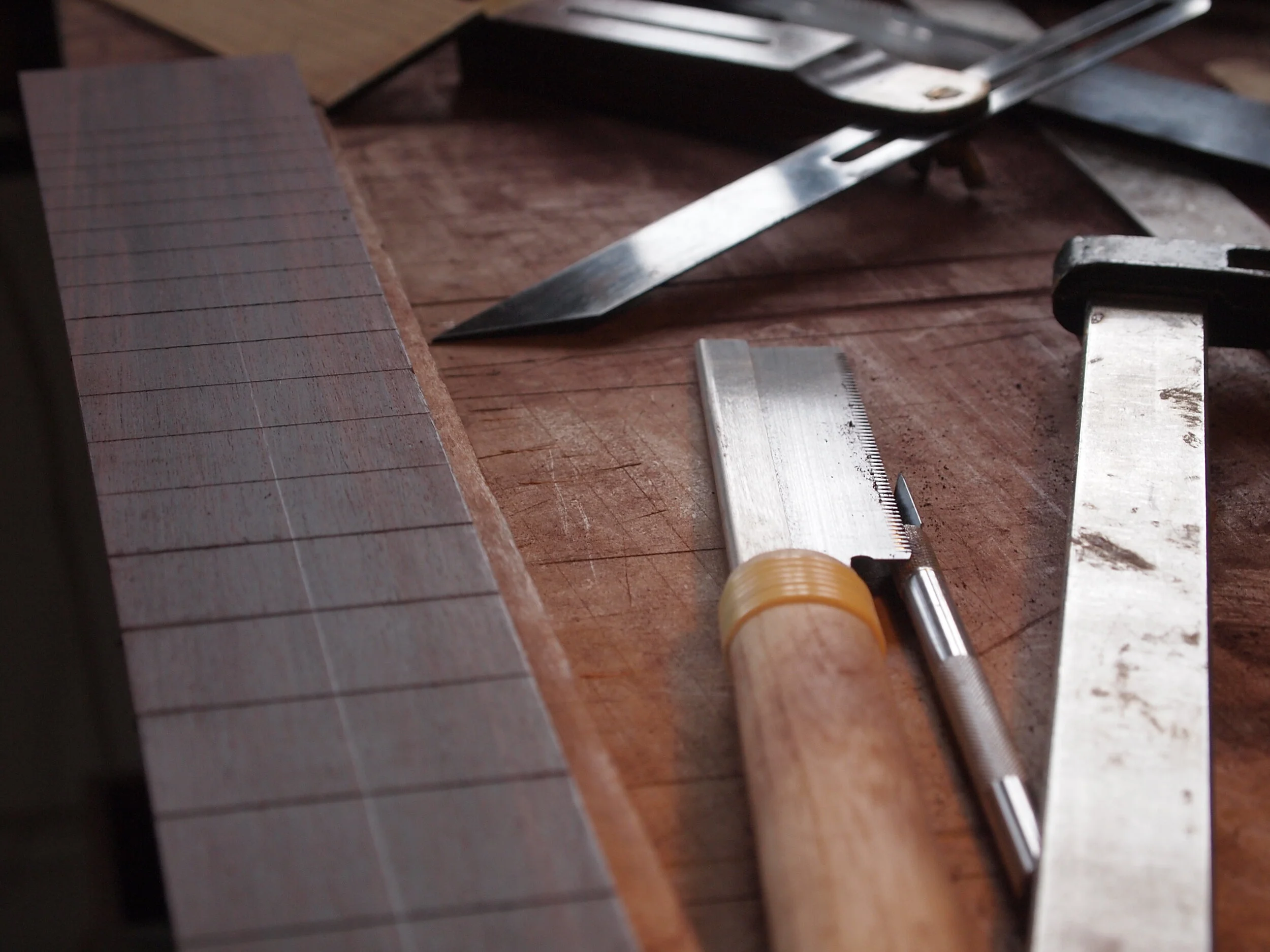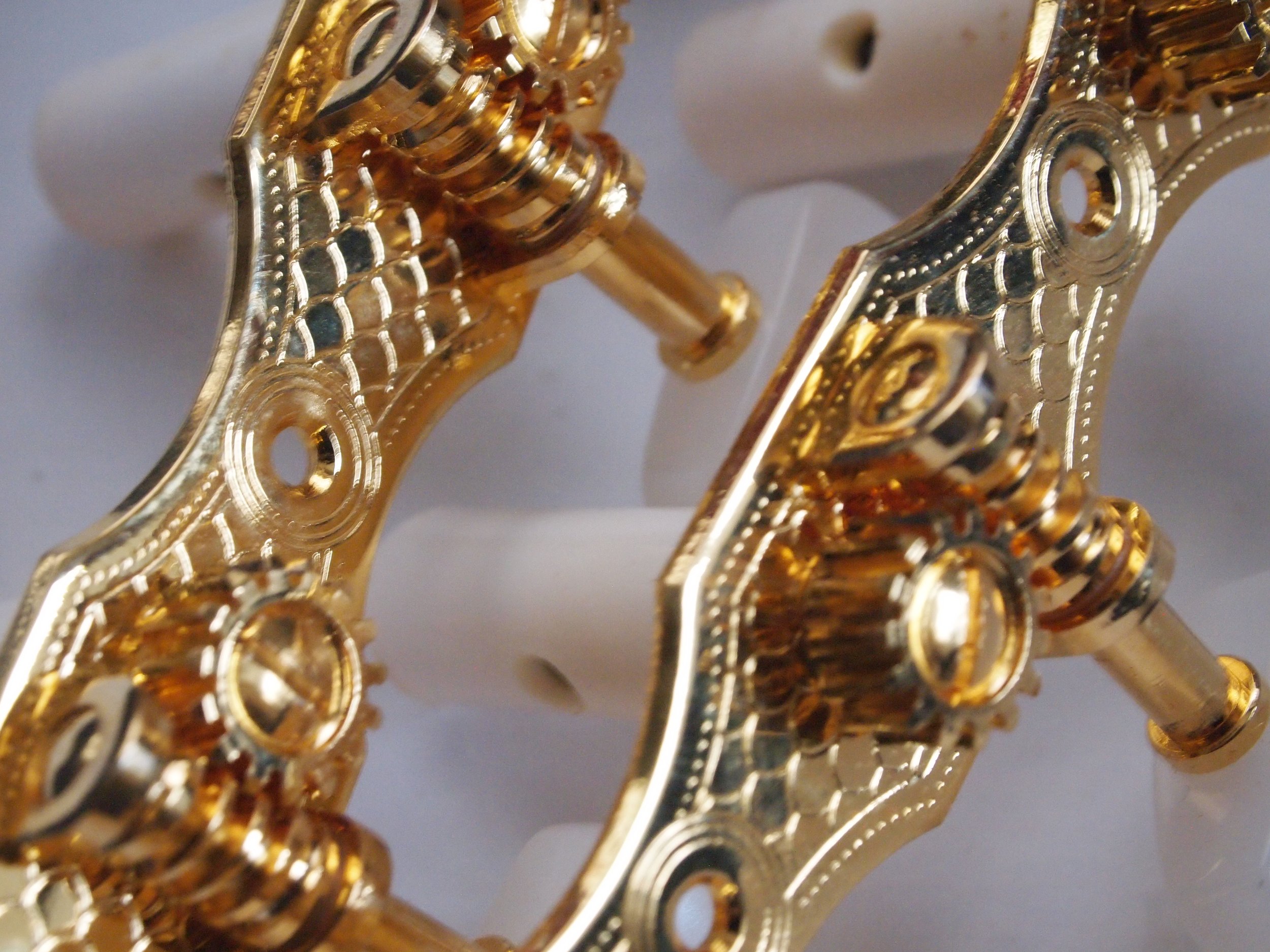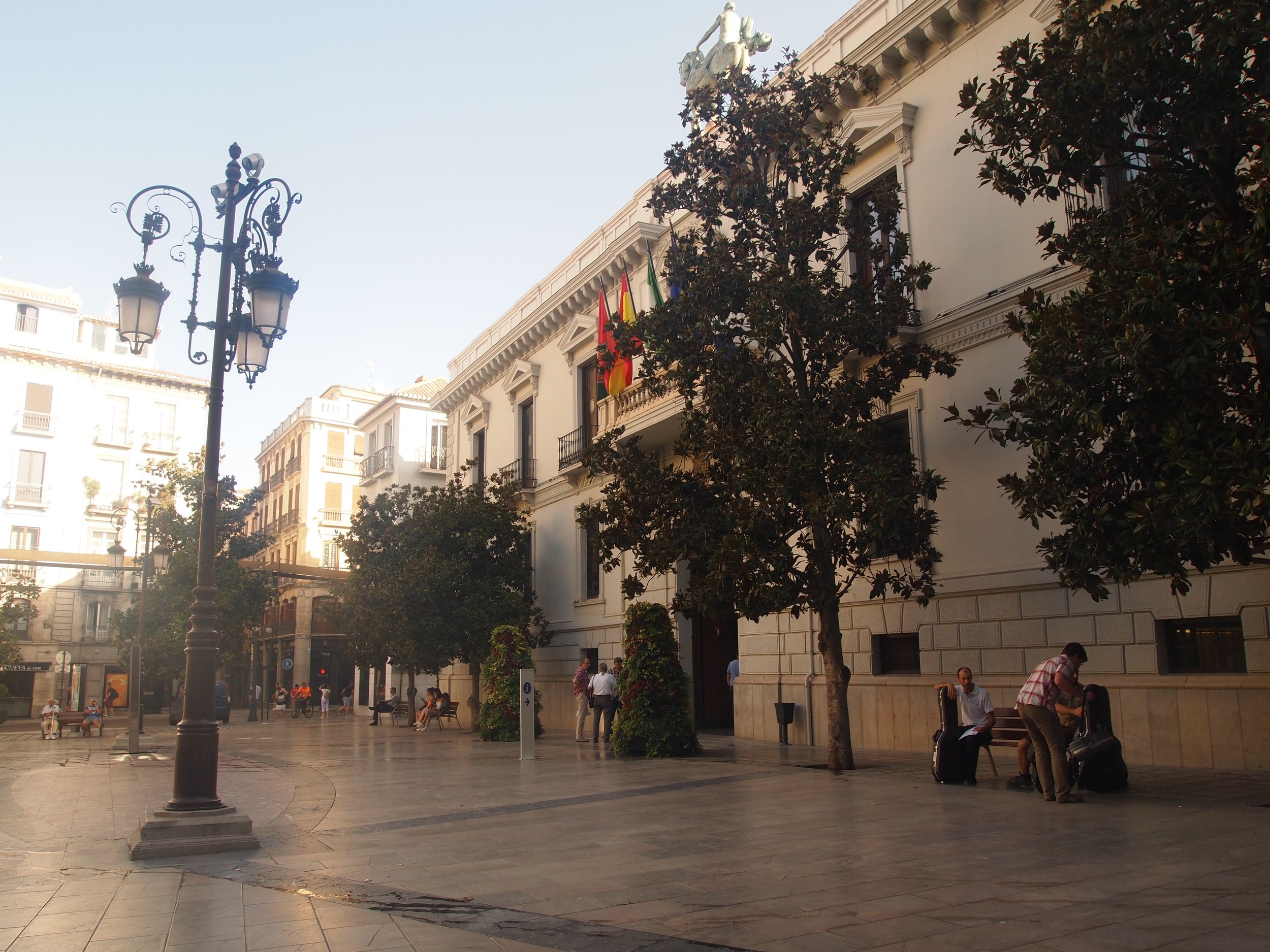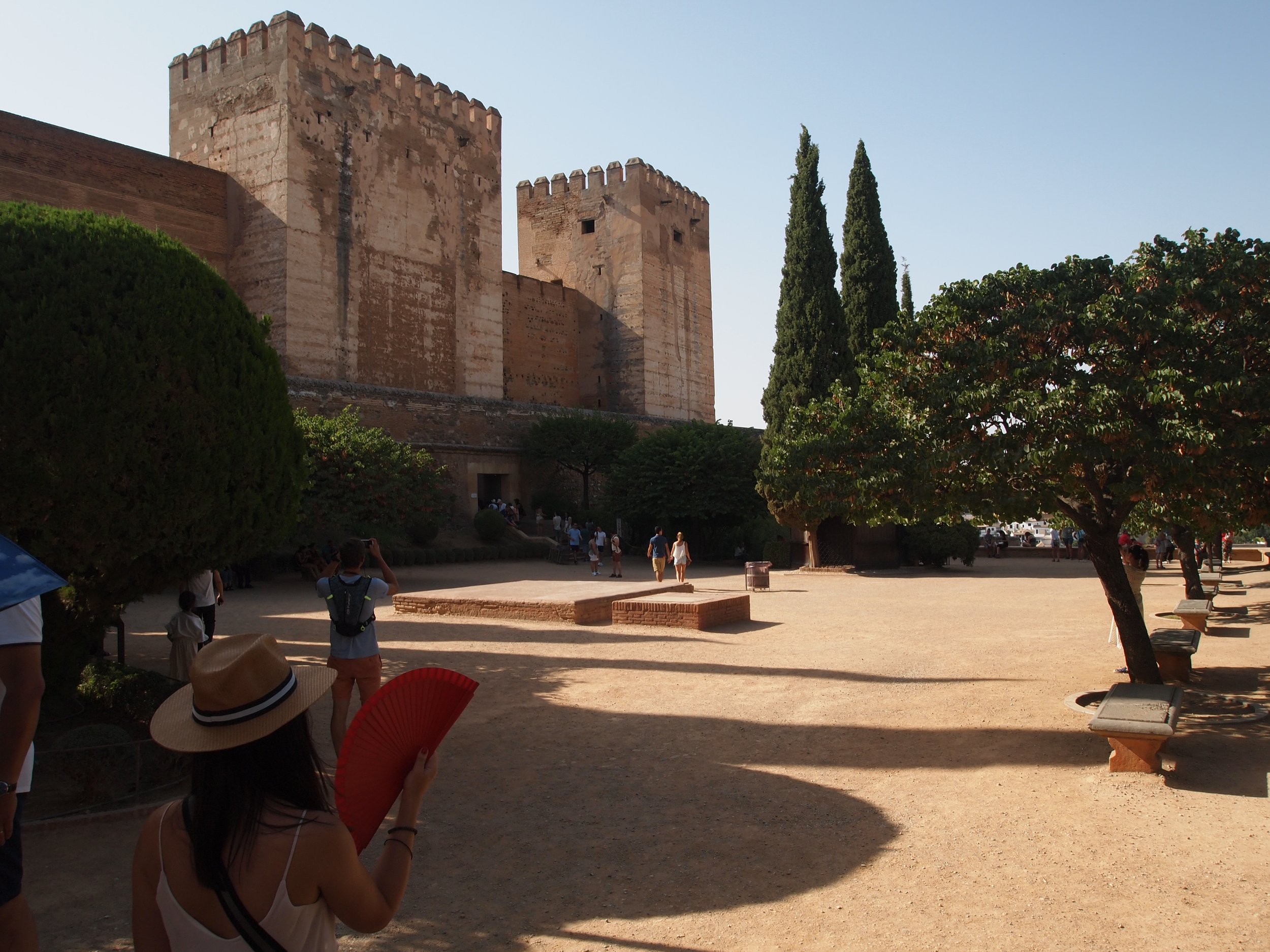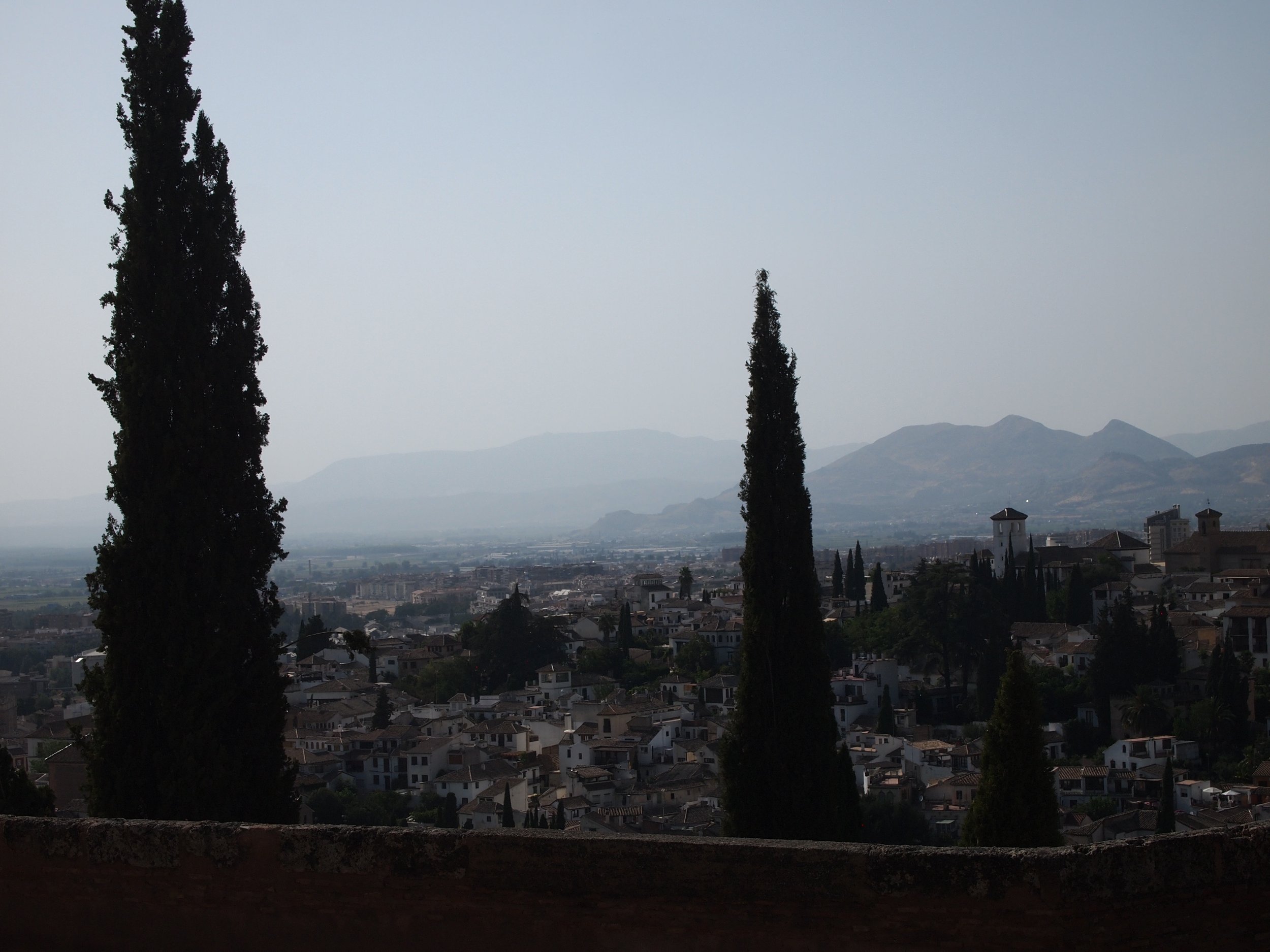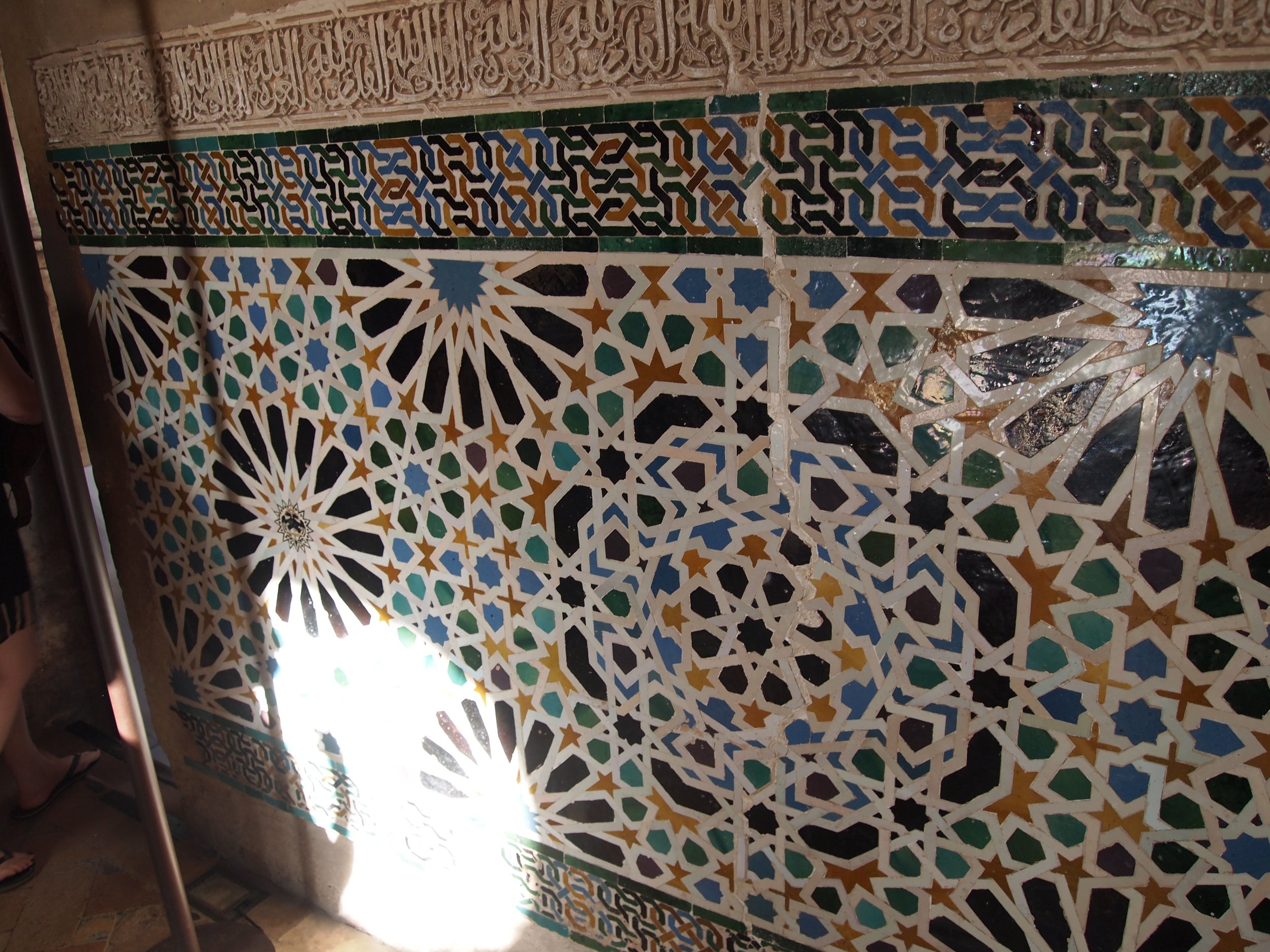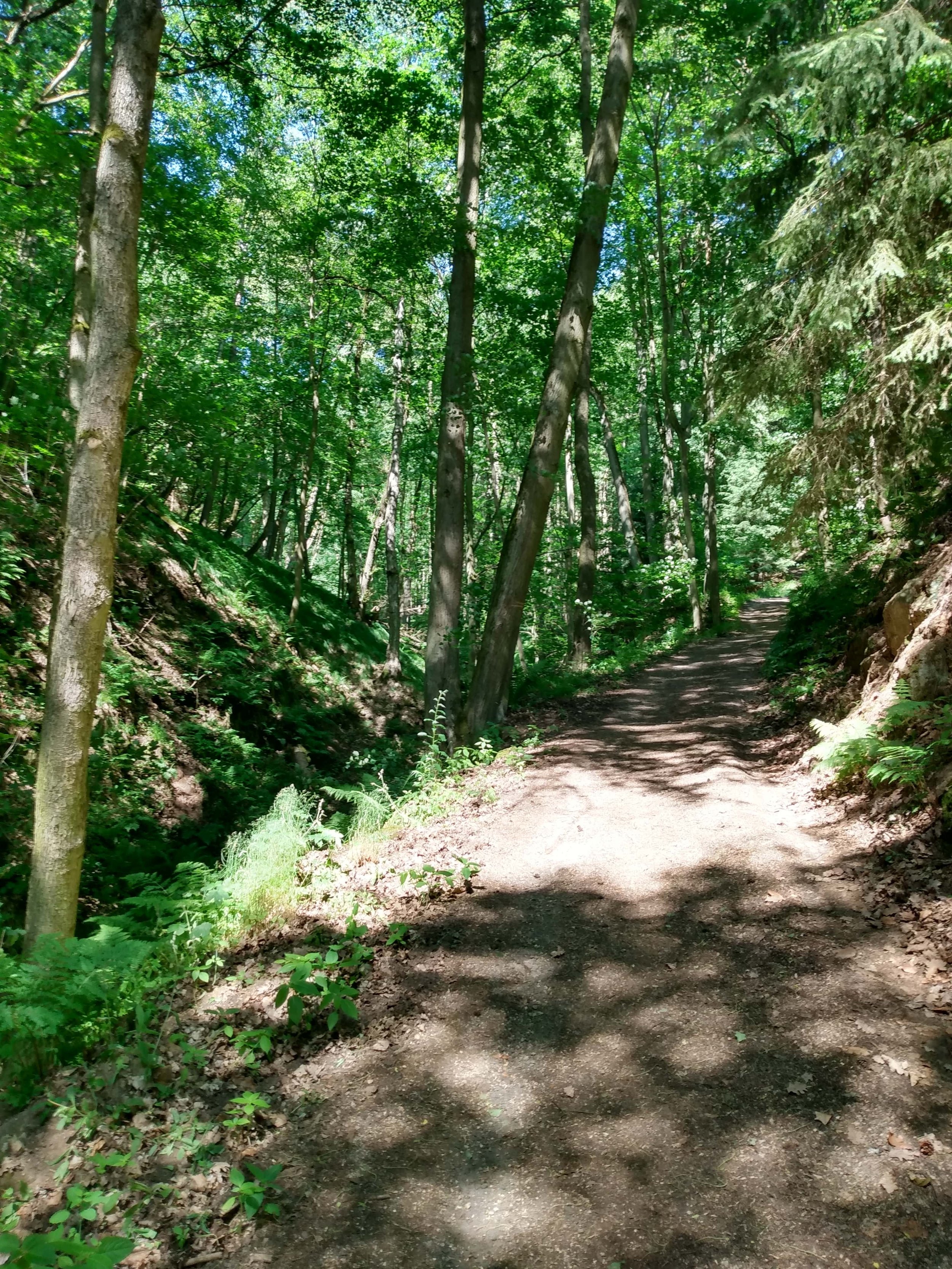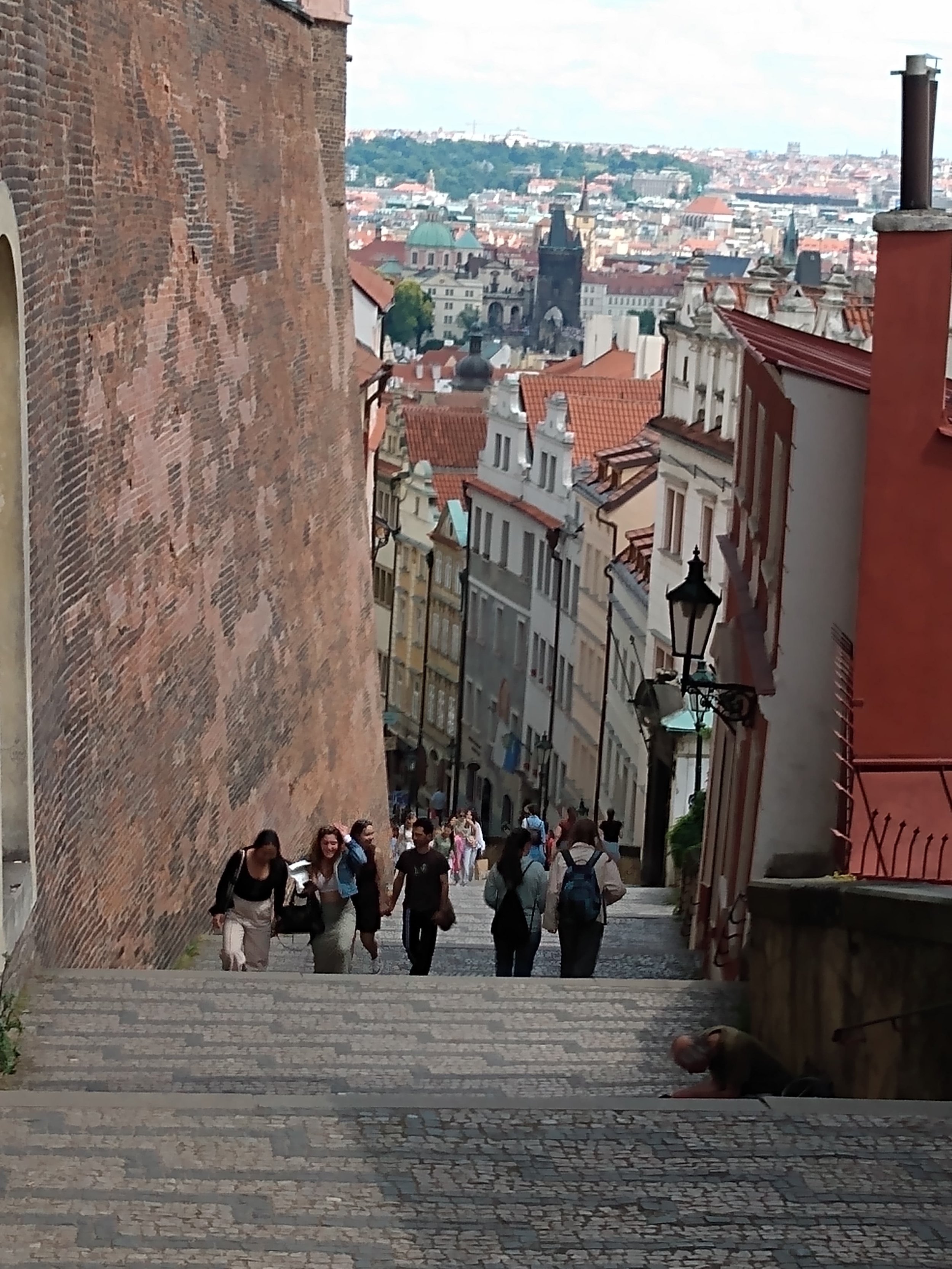Even the very finest guitar wouldn’t be of much use if it couldn’t stay in tune. With tuning machines, aka tuners, or ‘machine heads’, we bring the strings of a guitar up to pitch. Ideally, those strings will stay precisely in pitch, at least once the strings have settled in.
Sometimes when ordering a guitar you can choose which tuning machines you would like. Other times you might need to replace faulty tuners or you might want to equip your favourite guitar with the absolute best tuners money can buy. There is actually a lot of choice when it comes to tuning machines, and prices range from about £30 - £1000.
Many of the cheaper tuners do work, so it might be difficult for guitarists to comprehend just what the difference is between the cheaper and more expensive tuners, and all the rest in between. There are quite a few different brands, with a range of prices. I’ll try to outline what’s out there in this blog post.
A trip to a master engineer in Leicester
I think fondly back to when I was a very keen teenager who wanted to make guitars; I was absolutely intent on making the whole guitar, including the guitar tuners. I was fascinated by how one would make the screw/gear/turning mechanism. I had in fact struck up an email correspondence with tuning machine maker Rob Rodgers. I don’t know if I knew it at the time, but Rodgers tuners are considered amongst the very best. At some point when I was about 15, Rob invited me to the original Rodgers workshop in Leicester, to meet his father, Dave Rodgers, where David was still making the finest tuning machines. Rob himself had expanded the business, and moved away, making tuning machines on a larger scale all the way in Canada.
This was perhaps the first of many guitar trips I have made in my life, and I think I must have found it thrilling navigating the train and the bus, from my home town of Bedford, all the way to a suburb in Leicester. I think Google maps was perhaps not so advanced as it is now, and I probably had to do some thinking for myself in order to get there. I remember the greenness of the suburb and the blue sky. I was surprised when I arrived, that my destination seemed to be a perfectly ordinary house, and not a ‘workshop’. Though I now know that many lone craftsmen, especially guitar makers, set up their workshops in their homes; it can be an ideal situation.
I don’t remember the exact details of arriving; rather just the greenness and blueness of the suburb, my first glimpse of the house…and then I’m in the workshop, and David is showing a model he made of a guitar headstock, which he used to test out his special model of Lacote tuners, often, he says, made for a luthier called Gary Southwell. He explains how he had initially worked as an engineer, and that when one day a guitar friend had asked if Dave might be able to make him some guitar tuning machines, Dave had replied that he probably could. And when those were done, and his friend delighted with their quality, David had redirected his engineering skills towards a new venture, Rodgers Tuning Machines, tuning machines now esteemed for their quality around the world.
Leicester Cathedral, England
David showed me two impressive lathes (metalwork lathes are impressive machines, used for machining metal) explaining that one was now CNC operated, but that originally he had built tuning machines operating the lathes only by hand. I solemnly looked at the lathes, knowing that if I were to one day build tuning machines, these would be the tools of my trade too (I never did build tuning machines in the end). He showed me tuners that had been engraved by hand, explaining that they sent off their tuners to a hand engraver in Italy. We had lunch along with his wife, who then gave me a lift back to Leicester station.
That was my first time meeting a real craftsperson. The best tuning machines really can be a work of fine craftsmanship.
What’s the difference between all the tuning machines?
Often the cheaper tuning machines work. Most of the tunings machines between £30 - £100 that I’ve tried haven’t had any problems. It’s certainly advisable to avoid the really cheap tuners under £30 which may have issues with their function.
As you get into the higher quality tuners, the turning action when you tune the guitar to pitch will be smoother and easier, and each small adjustment of the tuner with me more accurate.
Different tuners have different aesthetics. Often the cheaper tuners do look unfortunately cheap, and this can undermine the overall aesthetic impact of a guitar. Some of the better tuners come with their own aesthetic style. Gilbert tuners, which look rather stark, in a nice way. On older high quality guitars, often Fustero tuners are found, which have an appealing aesthetic, full of character. As I mentioned, the old Rodgers tuners were sent off to be hand engraved.
In terms of function, the more you pay, you are possibly paying for smaller and smaller increases in the quality of the function of the tuners. On the other hand, high quality tuners such as Rodgers do hold their value and also increase the value of whatever guitar they’re on, at least they give their guitar extra kudos.
It is a shame to adorn a high quality guitar with cheap tuners. I will go through a range of options that are out there today, and how much you might expect to pay.
The range of guitar tuners:
In the range of rather cheap tuners that work, Van Gent and Der Jung tuners are available, although I have received one faulty Van Gent.
Rubner, Gotoh and Schaller all seem to build tuners of a similar quality and price, from £50 to £300.
Entering the upper, more boutique range of tuners, as mentioned Gilbert tuners stand out to me for their stark aesthetic, and Gilbert reputation for precision. £300
There are tuners designed by Irving Sloane; I have an affinity towards Sloane as the first book I read on guitar making was written by him. £250+
There are Alessi tuners in Italy. I was surprised to see that they are hand engraved in Italy; I thought the era of the hand engraver was gone, and the age of CNC had arrived. I like the Alessi slogan, ‘tuning machines are more than just accessories to the instrument’. £600+
Another high quality tuning machine maker is Scheller. I have always found the name confusing; it sounds just like ‘Schaller’ who make cheaper tuning machines. Scheller tuners are however built to the highest quality, similar to Rodgers and Alessi. I like that they too are hand engraved and that Scheller appear to be quite innovative; some of their tuners have a unique character and style. £600+
Finally there are Rodgers tuners who I have already mentioned. £700+
Things to check before buying a guitar tuner:
Check the dimensions of your guitar headstock and make sure the tuning machines won’t be too wide or long for your guitar.
The rollers on a tuning machine, around which the strings are tightened, are always set at 35mm apart. That means that the rollers will fit onto the headstock of every classical guitar, unless your particular guitar was built differently for some reason.
On the other hand, if you are replacing the tuners on a guitar, you need to know that the screw holes on tuning machines are generally in different places. That means you might need to take the guitar to a experienced, well trusted luthier, to fill the old screw holes.
